Lavender is a garden staple, not only for its classic, fragrant flowers but also for its ease of care. So, when your seemingly impossible-to-kill lavender plant starts dying, it can understandably be distressing.
There are several things that can cause your lovely lavender to struggle. Luckily, most have easy fixes.
Identify the problem, apply the solution, and your lavender should look as wonderful as the first day you bought it in no time.
Overwatering
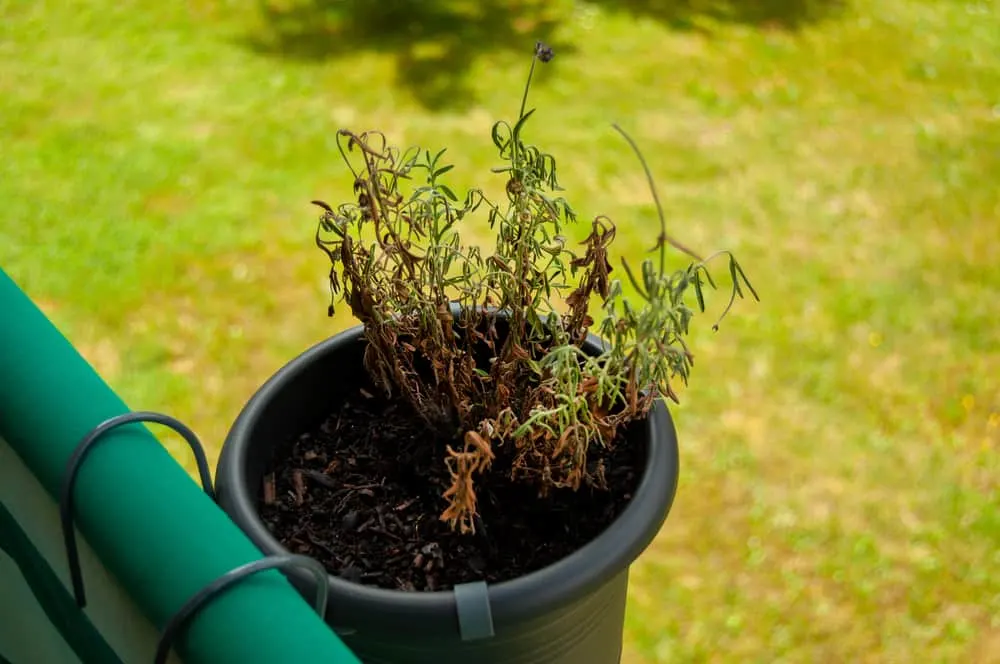
Lavenders originate in the Mediterranean regions of Europe, preferring areas with dry hot summers and rainy winters. They’re happy in dry, poor-quality soil for long periods of time and don’t require additional watering very often.
These drought-tolerant plants cannot be left to sit in waterlogged or excessively moist soil for too long as they are prone to root rot.
If the plant experiences root rot, you’ll notice the stems start to wilt or droop. Some of the lower foliage may also turn brown.

These signs can indicate a problem with underwatering in other plants, but that is almost never the case with drought-tolerant lavender – especially in summer.
The reason the signs are the same as underwatering is because water is still not being delivered around the plant, leaving the stems dry and drooping. Rather than the result of a lack of water in the soil, this is because the mushy and soft roots cannot take up any water to send to parts of the plant that need it.
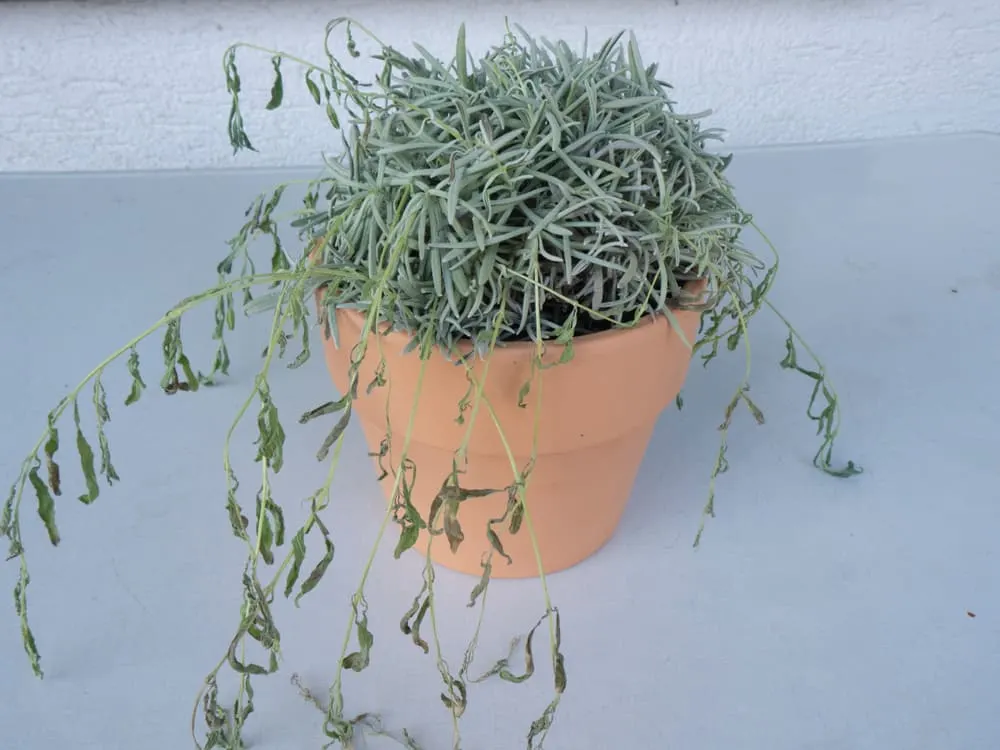
Overwatering may not be caused by your watering habits. Excessively rainy periods in summer or compacted soil can also be the problem. Try to keep the soil as dry as possible for several weeks before watering again. Or, aerate the soil around the plants and add sand and gravel to improve drainage.
If your lavender has root rot, pull the plant from the soil and trim off the affected roots. Improve drainage in the area and replant, or move the lavender to a more suitable space protected from excessive rain and compacted soil.
Related Reading: 12 Lavender Companion Plants (& 4 Plants To Grow Nowhere Near)
Too Little Sun
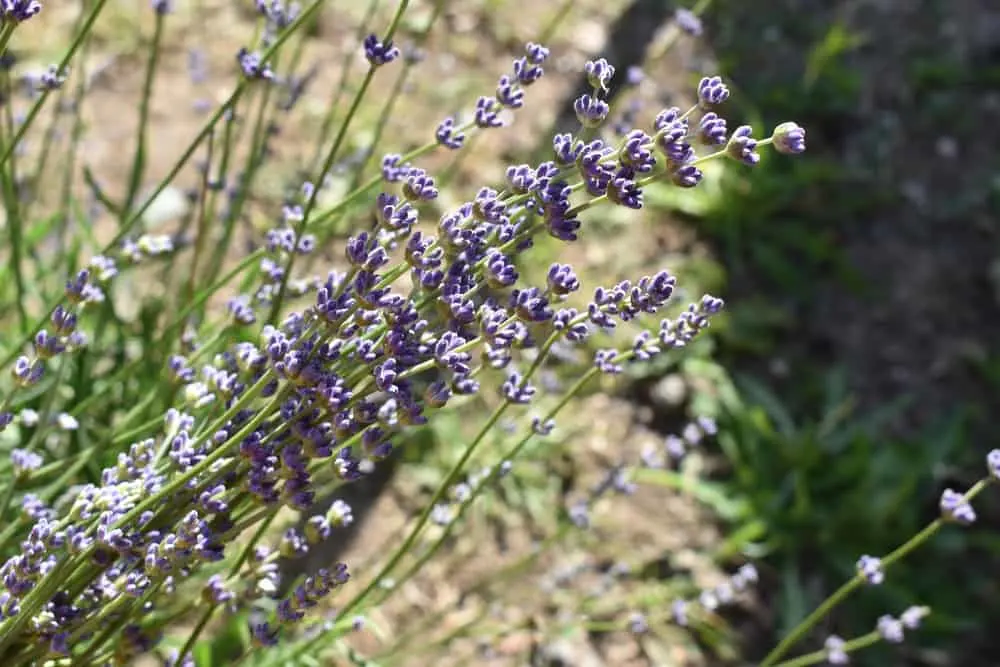
Thanks to their Mediterranean origins, lavenders also prefer a full day of scorching summer sun. They need an absolute minimum of six hours of sunlight per day to look their best.
If they’re planted in a shadier position, or become shaded by nearby plants or a change in the sun’s position through the seasons, you may start to notice a few problems.
The first sign of lack of sunlight is a lack of flowers. Without sunlight, plants don’t have enough energy to produce the pastel purple blooms they are favored for.
The silvery-green foliage may also begin to lose its color and overall growth will become stunted. Due to their struggle to stay alive, the flowers and foliage may also have a much weaker fragrance than usual.
Lavenders in pots can simply be moved to a sunnier spot. They don’t mind the heat, so don’t worry about placing them in a position with intense afternoon sunlight. If your lavender is planted in the ground, fixing the problem is a little more labor-intensive.
If the plant is being shaded by a nearby tree or another plant, try to prune away the covering branches to open up the light. You will need to keep up this maintenance if you want your lavender to flower and grow in later seasons.
The best option is to move the plant to a new part of the garden. Start by loosening the soil around the roots with a fork, keeping your distance from the base of the plant to prevent damage.
Once the fork is deep enough, gently lift the entire plant out, keeping the root system intact. Replant in a sunny spot and after a bit of time to recover from the shock of transplanting, it should return to normal.
Related Reading: How to Plant a Lavender Hedge (& 12 Reasons Why You Should)
Incorrect Soil
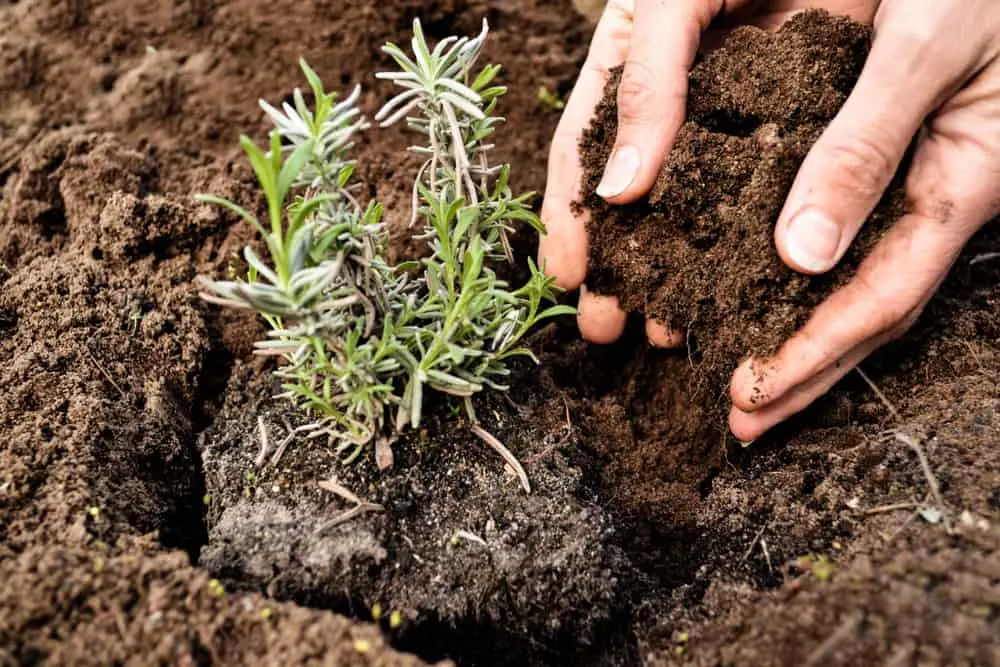
Lavenders are appreciated for their ability to grow well in poor-quality soils. However, there are a few essential characteristics to keep in mind when planting. The first is drainage, and the second is acidity.
Lavenders are used to growing in sandy or rocky soil that is incredibly well-draining. If the soil contains too much clay or becomes compacted, allowing water to pool around the roots, the plant will begin to die. As mentioned before, these plants cannot stand sitting in water and will begin to droop and turn brown as a result of root rot.
Before planting, improve the drainage of your soil by mixing in a good amount of sand and rocks. This mixture should be slightly deeper than the planting hole to ensure any new root growth doesn’t sit in moist soil.
If you’ve already planted the lavender in the wrong soil, move the plant to a pot with a well-draining potting mix or remove the plant, amend the soil, and replant.
Soil pH also plays an important role in plant health. Lavenders prefer an almost neutral soil pH between 6.5 and 7.5. They don’t mind excessively alkaline soil, but can struggle if the soil is far too acidic (around 5 or lower). They may not show signs of struggle straight away, but will not live as long as plants in the correct soil and may not flower as vigorously.
Conduct a soil test before planting to determine the pH. If it is too acidic, add lime to the soil before planting to raise the pH to a more suitable level.
Temperature
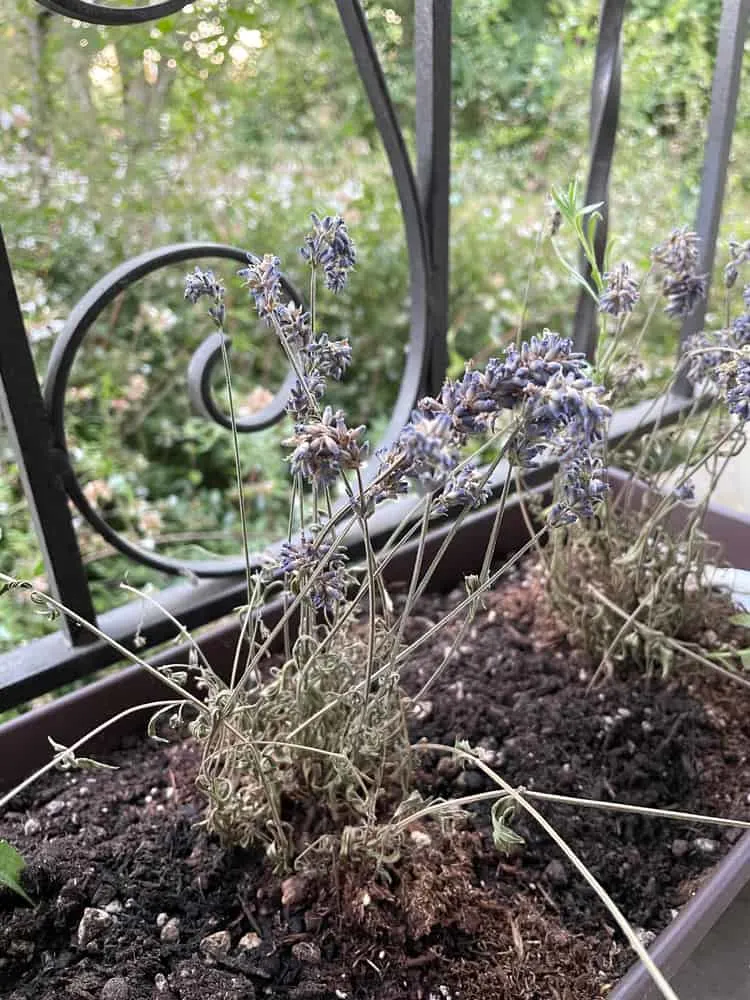
Climate should be the first consideration when choosing plants. Lavender is typically hardy in zones 5-8, but this is variety-dependent. Some prefer far warmer conditions and cannot handle the cold, while other types are even hardy down to Zone 4 without any additional protection.
Before you choose a lavender, ensure it will grow well in your climate all year to avoid having to pull the plant in winter due to frost damage. Those in colder areas should look for varieties of English Lavender, as most can withstand temperatures as low as -20F. French lavender is also an option, but is not as tolerant of cold as the English types.
Avoid lavender from warmer regions like Spain or Italy. If those face cold spells, they will be irreparably damaged and will have to be pulled from the garden. You can provide protection from the cold every winter, but it is far better to choose the right lavender for your region from the start.
Related Reading: How To Propagate Lavender From Cuttings – Step-By-Step With Photos
Humidity
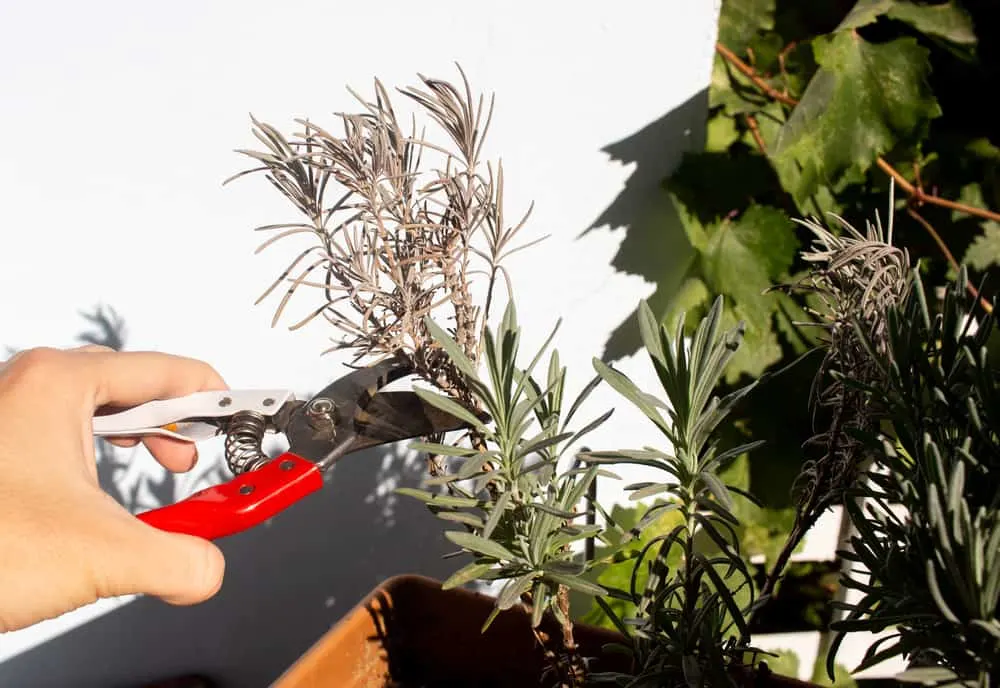
Lavenders are used to dry summer air with little humidity. This is where their dense foliage thrives, as the soil and stems stay dry and free of excess moisture. In very humid climates – especially in summer – lavenders will not grow to their full potential. They may begin to wilt due to excess moisture in the soil and air and are more prone to fungal diseases in these conditions.
If you live in a tropical climate with hot, humid summer, you need to ensure your lavender is not planted close to any other leafy plants to decrease humidity and improve airflow.
Regular pruning will also limit problems with potential diseases. Never prune back to the woody growth and only prune new growth to promote flowering and prevent shock.
Nutrient Imbalance
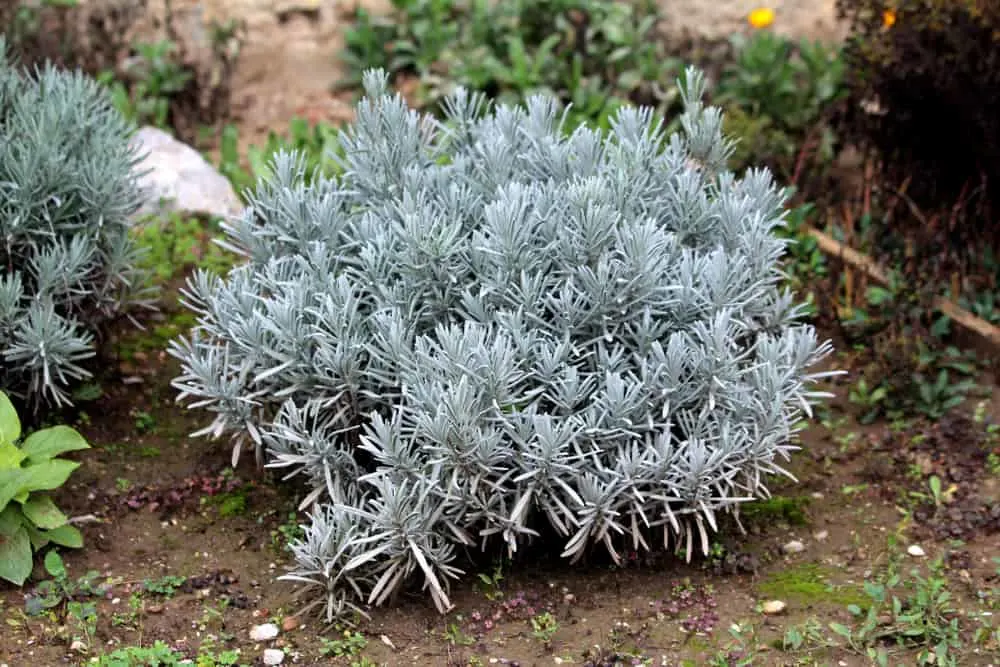
Adding to their ease of care, lavenders are happiest when grown in nutrient-poor soil. They don’t need any additional fertilizers or organic materials to thrive, as they flower best and have the most impressive fragrance when left alone. In fact, adding additional nutrients to the soil could be the reason for your plant’s demise.
An excess of nutrients – particularly nitrogen – will cause the leaves of your plant to turn yellow. Growth may be spotty, and the plant may stop flowering altogether. This could be the result of excessive nitrogen in the soil before planting, or the addition of fertilizers later on in the season.
If you haven’t added any fertilizers, transplant the lavender to an area with more suitable soil. Alternatively, you can amend the soil with large amounts of river sand to decrease the concentration of nutrients in the soil. Moving the plant into a pot with the right nutrient levels will also resolve the issue.
If you’ve recently fertilized, stop fertilizing and the plant should return to normal over time. Keep in mind that lavenders don’t require fertilizing at any point and remain healthier without the added nutrients.
A dying lavender is certainly distressing, but it doesn’t mean the problem can’t be resolved. Apply the correct fix and your tough plants should look good as new.
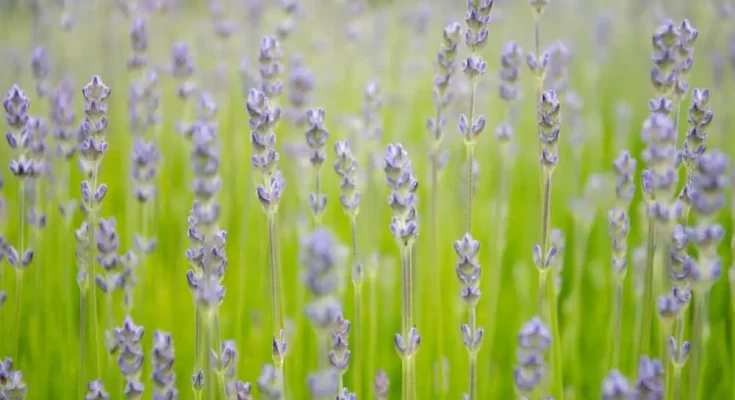



Your article helped me a lot, is there any more related content? Thanks!